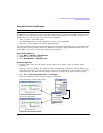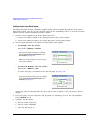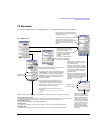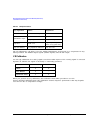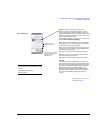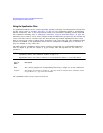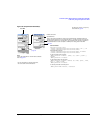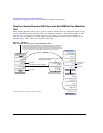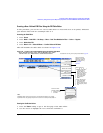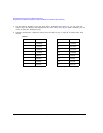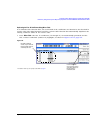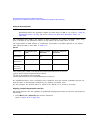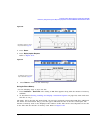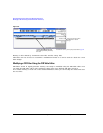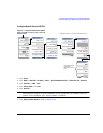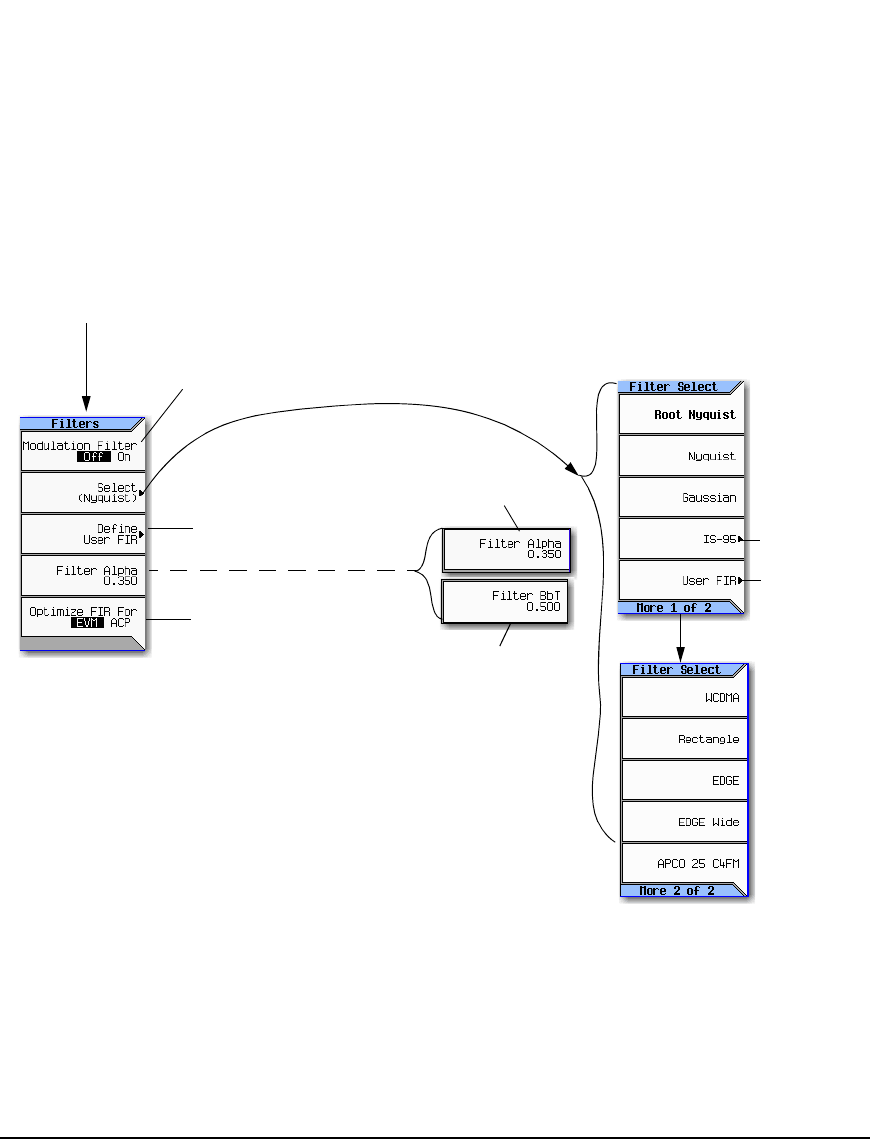
198 Agilent N5161A/62A/81A/82A/83A MXG Signal Generators User’s Guide
Basic Digital Operation (Option 651/652/654) Preliminary
Using Finite Impulse Response (FIR) Filters in the Dual ARB Real-Time Modulation Filter Preliminary
Using Finite Impulse Response (FIR) Filters in the Dual ARB Real-Time Modulation
Filter
Finite Impulse Response filters can be used to compress single carrier I/Q waveforms down to just
the I/Q constellation points and then define the transitions similar to the modulation filter in Arb
Custom (refer to “Using Finite Impulse Response (FIR) Filters in ARB Custom Modulation” on
page 271). The key difference for dual ARB real-time modulation is that a filter is applied as the
waveform plays, rather than in the waveform data itself.
Figure 8-17 Filter Menu
Mode > Dual ARB > Arb Setup > More > Real-Time Modulation Filter >
This softkey changes, depending
on the selected filter–type.
Available only when the filter selected =
Root Nyquist or Nyquist
Available only when the
filter selected = Gaussian
page 204
page 199
For details on each key, use key help as described on page 42.
Opens the IS–95
filter selection
menu.
Enables or disables the Modulation Filter. This filter is typically applied to an Arb Waveform
containing just the I/Q symbol decision points. The Modulation Filter then effectively
defines the transitions between the symbol decision points. This means that the filter must
have an oversample ratio of 2 or more. When this feature is active, the Sample Clock Rate
is actually the Symbol Rate. Also, the filter must be real (refer to page HIDDEN).
page 196




